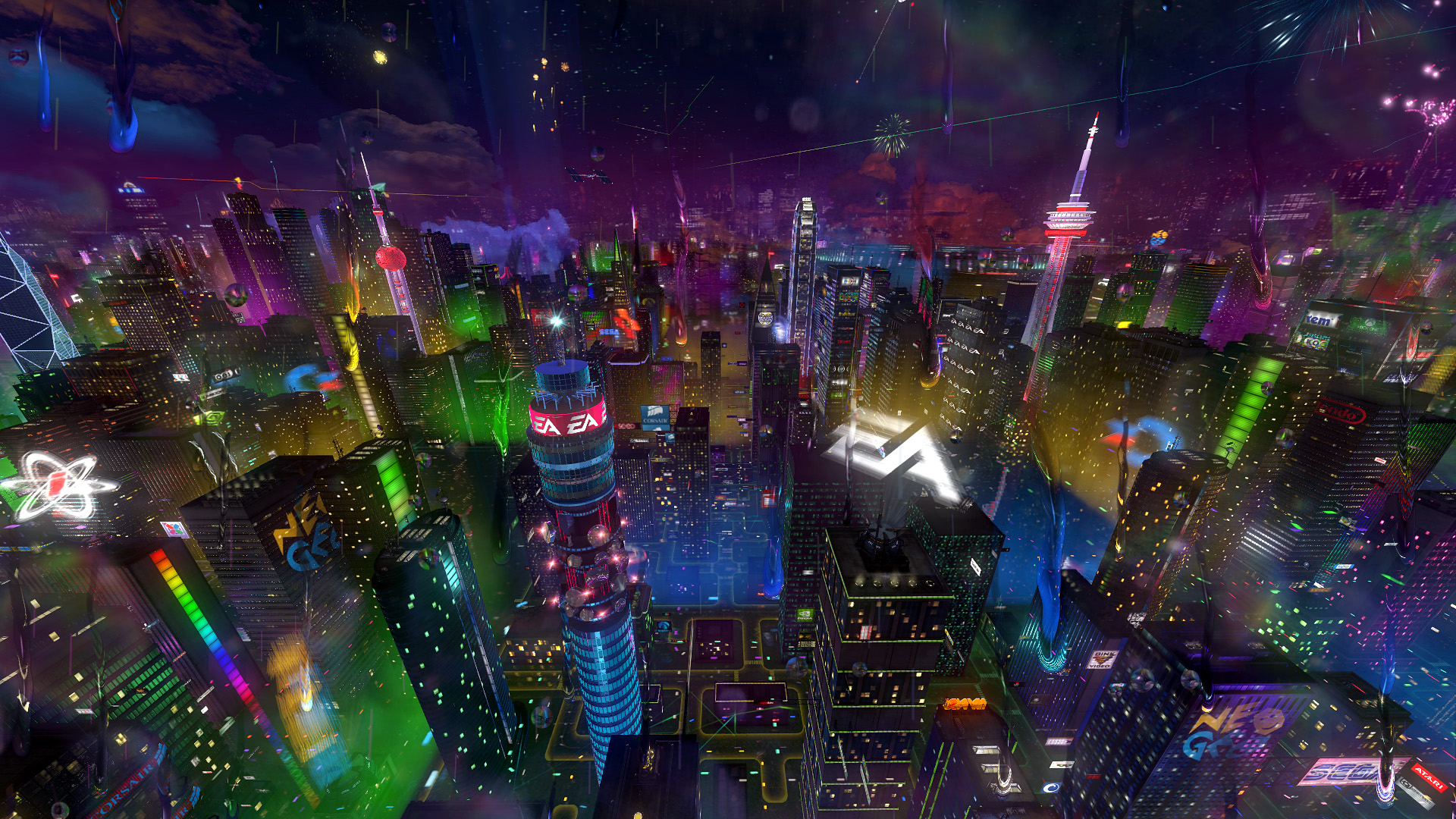Tokyo Art Meeting VI
| March 3, 2016

The sixth installment of the Tokyo Art Meeting series, “TOKYO: Sensing the Cultural Magma of the Metropolis,” surveys the creative forces lurking beneath the city’s notoriously digitalized and commercialized culture. While admitting that Tokyo resembles “a flat wasteland: a refined, yet cold glacier,” head curators Yuko Hasegawa and Sachiko Namba crack a hole in this icy façade to expose a strong undercurrent of dynamic activity. Buoyed by corporate and government moves to internationalize the city in time for the 2020 Olympics, this other Tokyo may, they predict, be poised to usher in a revival.
What is different this time around, however, is the city’s considerably more atomized identity in the post-bubble, post-internet age, and so the exhibition looks both within and without, from Tokyo-based Japanese artists past and present to an international ensemble who take inspiration from afar. The disjuncture between the city as place and as image serves as a loose thematic framework for organizing the sprawling exhibition, which enlists no fewer than six curators.
“TOKYO” begins with a snapshot of the capital in the late 1970s and early 80s, focusing squarely on electronic music innovators and product tie-in giants Yellow Magic Orchestra (YMO). With their irreverent name and self-aware meta-pop aesthetic, YMO came out of the gates playfully defying western stereotypes, while their idiosyncratic embrace of technology set them apart from the cold, dystopian futurism of the United States and Europe. One sees this in their 1979 Tokyo Tower-worshipping, salaryman-baiting commercial for Fuji Cassette Tapes set to the tune of their hit song “Rydeen.”

Moving somewhat jarringly to contemporary non-Japanese contributors, we come upon American artist Tabor Robak’s 3D-generated cityscape 20XX (2013). Robak’s dreamlike technopolis, rendered in the purples and neons of Enter the Void, is a soothing space where the Oriental Pearl Tower and 30 St Mary Axe nestle among a visual symphony of animated video game company advertisements. While not invoking Tokyo per se, the specter of the city, with its reputation for simulacra, sensory overload, and technocratic excess, is palpable.
Elsewhere, Lin Ke presents a series of audiovisual works documenting his online-only engagement with Tokyo, a city he has never visited. In Sticky Line (2015), he drags around a mouse cursor tethered to the top of the Tokyo Tower. Beach of Tokyo (2015) matches the typically calm seas of Tokyo Bay with the dramatic ups and downs of a Chopin piano piece, bringing to mind the possibility of a catastrophic earthquake.

The final component of the exhibition offers a broad selection of contemporary Tokyo-based Japanese artists. Collective Chim Pom’s Super Rat (2006) makes an appearance: a common rat captured and killed in the backstreets of Shibuya district gains, with the benefit of some imaginative taxidermy, a second life as a genki Pikachu lookalike. Here the grotesque and the kawaii intermingle in absurd pastiche, as the abject, “real” Tokyo rears its head. Sharing this preoccupation with the “real” city, Tetsuaki Matsue’s short film Extremely private view concerning Tokyo and I grapples with his Japanese-Korean identity and the consequences of marrying a European woman in a place which, for all its cosmopolitan mirages, remains staunchly conservative at heart.
“TOKYO” ultimately comes across as a series of isolated, compelling vignettes, offering no consensus on the city beyond confirming its status as cultural superpower. The vagaries of image and place are left unresolved; Tokyo remains two cities, one to dream about and another to set foot in.
Museum of Contemporary Art Tokyo (MOT)
2015.11.7~2016.2.14

